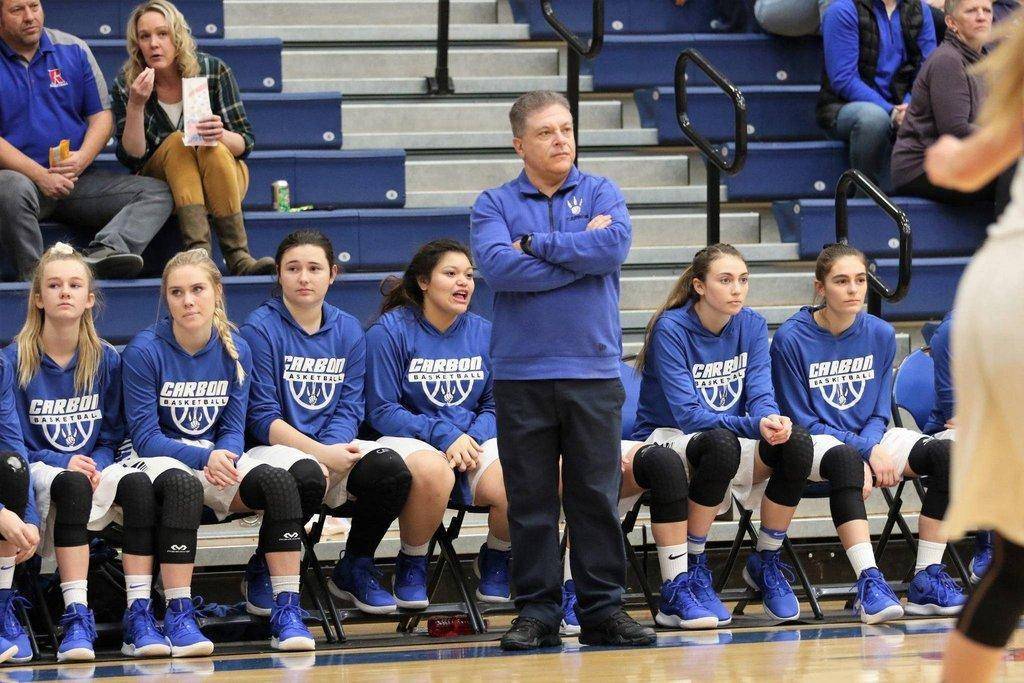ETV News stock photo by Dusty Butler.
Earlier this year, the Utah High School Activities Association (UHSAA) decided to use RPI (Rating Percentage Index) to determine the seeding in state tournaments.
A teams’ RPI will be valued by the team’s winning percentage (40%), winning percentage of team’s opponents (40%) and winning percentage of a team’s opponent’s opponents (20%). MaxPreps will formulate the RPI of each team and all games will count toward a team’s RPI, not just region games. The change means that region winners could be awarded lower seeds in the state tournament based on their strength of schedule.
The move will go into effect Fall 2019 and is an attempt to improve the accuracy of seeding in state tournaments. Rob Cuff, the Executive Director of the UHSAA, said, “It has become a growing issue in the realignment of member schools to have the alignment process directly connected to the qualifying and seeding of state tournaments.”
In UHSAA’s statement, it mentions that sports such as “cross country, tennis, track-and-field and wrestling will use a traditional region-qualifying format, while golf, drill and swimming will use different methods to qualify teams for state tournaments.”
There are a few other western states that have already made this change, including Arizona, Colorado, Idaho and Washington. Cuff continued, “This new approach in qualifying and seeding will bring added excitement to state tournaments as teams earn seeding based on overall season performance and not just region competition.”
Several coaches from Utah have spoke out on the matter with many mixed feelings. While rewarding the best teams with the best seeds is fitting, coaches are concerned how accurate the rating system will be and potential preseason scheduling complications for weaker teams, to name a few examples.
Carbon High athletic directer and girls’ basketball coach Ted Bianco had this to say. “I think it’s a great idea and I like the fact that the tournament will be seeded, meaning that the best teams should be on opposite sides of the bracket,” he said. “One thing that will change for most teams is how they put together their preseason schedules. It will definitely be something new for all coaches to consider when putting together their schedules. I am excited to see how it all pans out this coming fall.”

